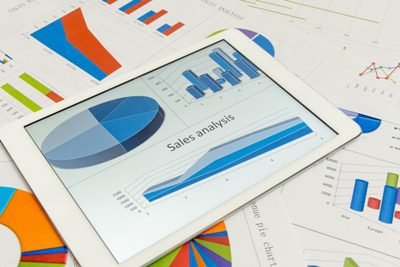Finance is currently one of the most sought-after sectors and one with the most job opportunities. Why? Apart from its future job prospects, because most people want to earn money by knowing how to manage it.
If you are one of them and you want to set a career planning horizon, proper training in this field will ensure that you become an expert. One of the best options is to take our financial planning and analysis course in the FINANCIAL ANALYSIS PRODEGREE – read on and find out more!
The common definition of financial risk is as follows: it is the probability of an adverse event occurring that carries with it certain consequences. Therefore, it refers to the fact that a certain event may result in negative effects for the company. It is thus the dreaded uncertainty of not knowing what will happen after a certain action is taken. However, when we talk about the financial risk we have to think of a wide range of consequences, both negative and positive.
Proper management of a company’s potential financial risks is therefore fundamental to its operation. Why? To be able to prepare for certain circumstances, to make more profit, and to minimize losses.
In order to eliminate or mitigate financial risks, it is essential to be able to quantify them. Therefore, it is important to learn financial analysis to scan the risks that you face on a daily basis in a finance department and deal with them.
The knowledge you will acquire about financial hedging will help you to reduce the volatility of the investments made by your company, reduce the probability of failure and carry out riskier investments than your competitors with greater security.
For all kinds of decisions, it is important to plan and set goals and objectives. This applies to life as well as to finances. In the case of financial analysis, we can carry out the following steps:
- Identify key risks. Be aware of the possible risks that we can face.
- Calculate the weight of each risk. Once you have analyzed each risk, prioritize them according to their importance. We can then create a plan in case a threat materializes.
- Create a contingency plan. To do this, we need to analyze what we need to do to address the risks. On the other hand, in many cases, we will not be able to control the risks. This is why our contingency plan has to be based on two concepts. Firstly, on the level of tolerance and secondly on the risk appetite that the company has established.
- We need to assign responsibilities. We know that it is not possible to assign responsibility for every risk. But, we must try to have one person responsible for monitoring the critical points and their evolution. However, teams are better at certain tasks. For this reason, we should not centralize tasks in one person.
- Set deadlines. The plans we have developed cannot be executed indefinitely, because new threats are constantly emerging. Therefore, we need to make a checklist that manages financial risk. Once you have carried out all these steps, you can proceed to the desired financial risk management.
As you can see, the tasks involved in the field of finance are not easy. For this reason, it requires great professionals who are experts in the field through extensive training. If you want to be one of them, do not hesitate to consult our FINANCIAL ANALYSIS PRODEGREE and take a chartered financial analyst course. What are you waiting for? Don’t hesitate any longer and enroll. You won’t regret it!





 Best practices for creating effective financial models
Best practices for creating effective financial models




 After completing the
After completing the